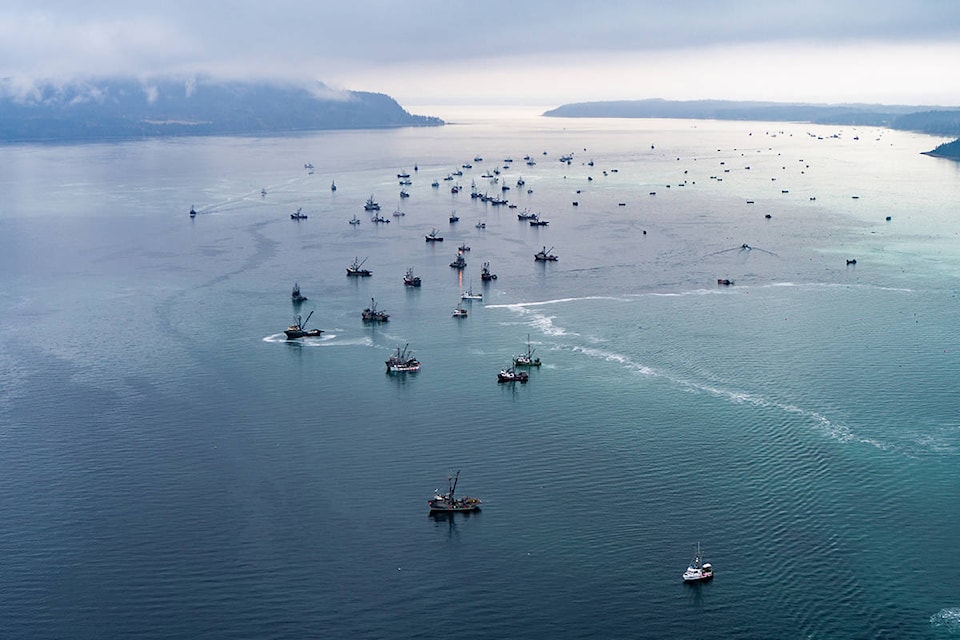Submitted by Loys Maingnon
Special to The Record
The demise of the Salish Sea’s unique population of the resident killer confirms what biologists increasingly recognize: that the Salish Sea is “a collapsed ecosystem.” The food chains that support the chinook salmon populations on which orcas depend have been largely driven to extinction through the destruction of beaches and estuaries that support forage fish on which chinook depend as well as through overfishing.
Although overfishing is an important current public concern, shoreline armoring is no less responsible, even though it is politically overlooked. The state of Washington has recently passed laws that place the responsibility squarely on landowners, industries and municipalities to reduce and even remove hard armoring detrimental to fish habitat. To restore B.C.’s fisheries to a semblance of their original productivity B.C. must take similar steps. The University of Victoria’s Environmental Law Centre recently published an important report: Saving Orcas by Protecting Fish-Spawning Beaches. The report explores legal avenues to enable similar legislation within Canadian law.
Comox Valley Nature is offering a week-long series of five free public lectures on the state, importance and protection of natural green shorelines for herring and forage fish starting Monday, Feb.22 and ending Friday, Feb. 26 (10 a.m. each day)
Dr. John Nielson (DFO) will kick things off with an overview of the state of herring off Cape Lazo. That will be followed on Tuesday by the UVic Environmental Law Centre presentation.
On Wednesday, Feb. 24, Dr. Ignacio Vilchis from San Diego Zoo who is internationally recognized for his work on the negative impacts of hardshores on seabird populations, will present “Assessing seabird ecological correlates to inform conservation.”
On Thursday, Feb. 25, Dr. Robert Rangeley from the non-profit “Oceana” will present a report on Canadian Fisheries and the importance of forage fish in “Rebuilding fisheries: unlocking Canada’s potential for abundant oceans.” The series will close with Salish Sea Herring Archaeology, an eye-opening overview of the state of herring before contact, as revealed from archaeological reconstructions, by UVic’s Dr. Iain McKechnie.
The series is hosted for Comox Valley Nature by the Canadian Society of Environmental Biologists. The webinars are free and open to the public. URLs for registration can be found at the CVN website under the heading “CSEB Webinars.”
Loys Maingnon is a conservation director for Comox Valley Nature
